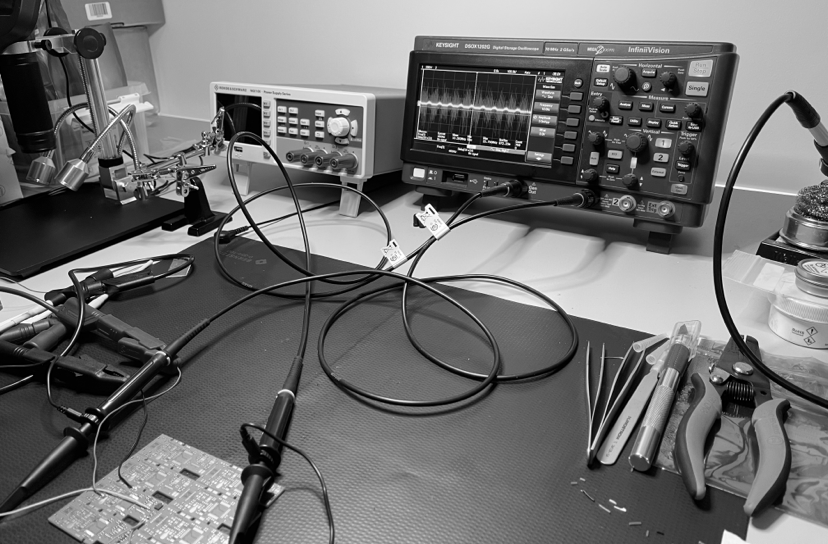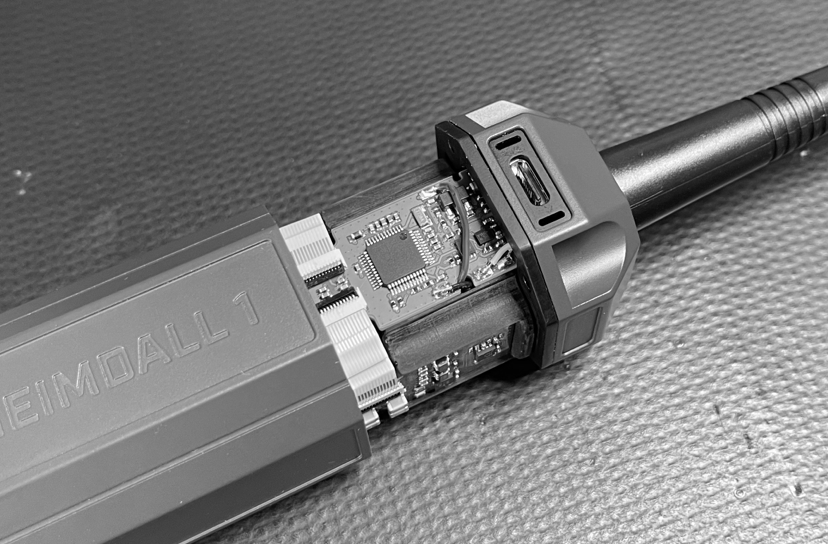Mission
Pine Defence was born from a lifelong passion for turning ingenuity into real-world protection. We beleive that true confidence comes from knowing that you have what it takes to protect yourself.
Enhanced Situational Awareness
Heimdall 1
Heimdall 1 is a portable ground sensor that enables you to hear footsteps up to 60 meters away.
Named after the vigilant Viking guardian, Heimdall 1 gives you the ability to hear footsteps up to 60 meters away so you can detect potential threats earlier and respond more effectively.
Enjoy the solitude of the shooting range without that subtle worry tugging at the back of your mind. With the ears of Heimdall you can fully immerse yourself in your target practice without letting your guard down.
Technical Specifications

Detection Range
Up to 60 meters
Detection Angle
360°
Bluetooth Range
Up to 50 meters
Battery Life
Up to 10 hours
Operating Temperature
-10°C to +50°C
Operating Weather
SUN / RAIN / WIND / FOG
Surface Types
GRASS / GRAVEL / MUD / CONCRETE
Charging
USB-C
Dimensions
200 × 38 × 38 mm
Weight
262 g
Water Resistance
IP57
Situational Awareness Technology
Building
Peace of Mind
Heimdall 1 is the result of over 5 years of hard work, with thousands of hours of research, experimentation, and testing. It includes a state-of-the-art signal amplifier that rivals leading military-grade sensors when it comes to detection range.

Progress Updates

September 2024
Manufactured the full aluminum enclosure of the new redesign.

December 2024
Moved away from the haptic wristband idea to an app-based sonification approach.

February 2025
First prototype is completed with a detection range of ~20-30m.

September 2025
Second prototype with a detection range of over 60m and an improved Bluetooth range.
Frequently Asked Questions
FAQ
Who is Heimdall for?
The first version of Heimdall is designed for people who spend time alone at rural outdoor shooting ranges and don't want to be sitting ducks while concentrating on their target practice.
How does it work?
You place Heimdall on the ground and wirelessly connects it to your Android or iOS device. Heimdall then continuously monitors the ground for vibrations and sends the signal in real-time to your device. If it detects a footstep-like event it will notify you using audio feedback.
Why not just use a regular motion sensor?
Unlike a regular motion sensor (PIR), Heimdall has a long detection range, excellent outdoor performance, and can detect movement from any direction without the need for line-of-sight. And since you can hear the footsteps, you get more insight into the detected movement which increases your situational awareness.
How can I get one?
Send an email to [email protected] if you're interested in buying a Heimdall 1 device.

Shop for Pine Defence merch such as hats, hoodies, and patches to show your support. Coming soon.
